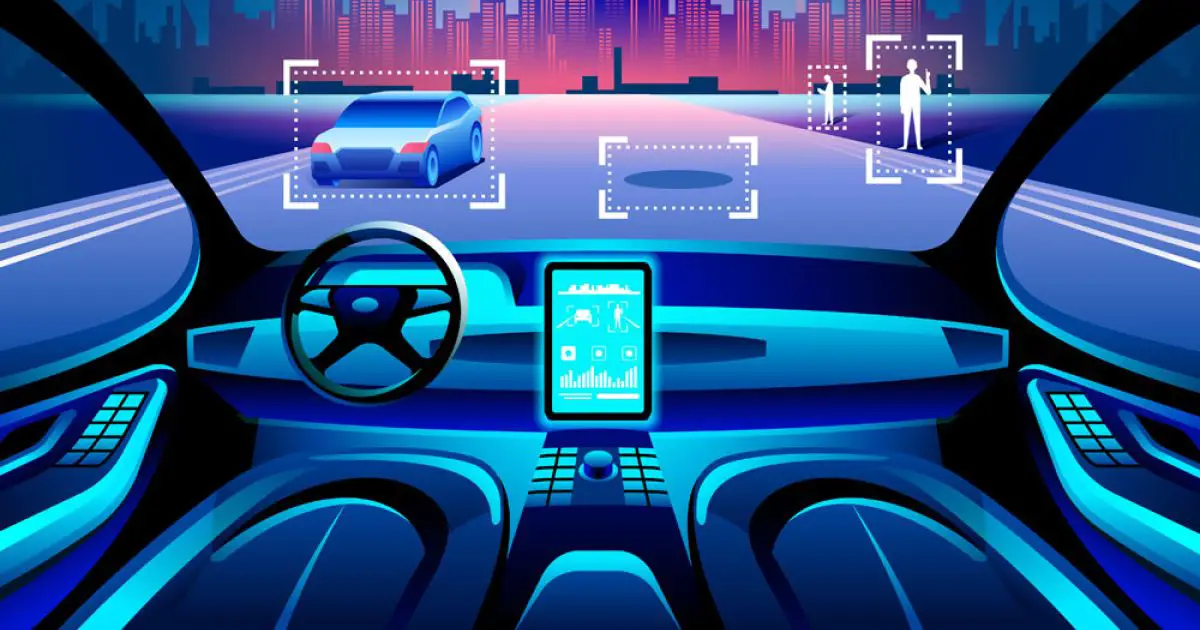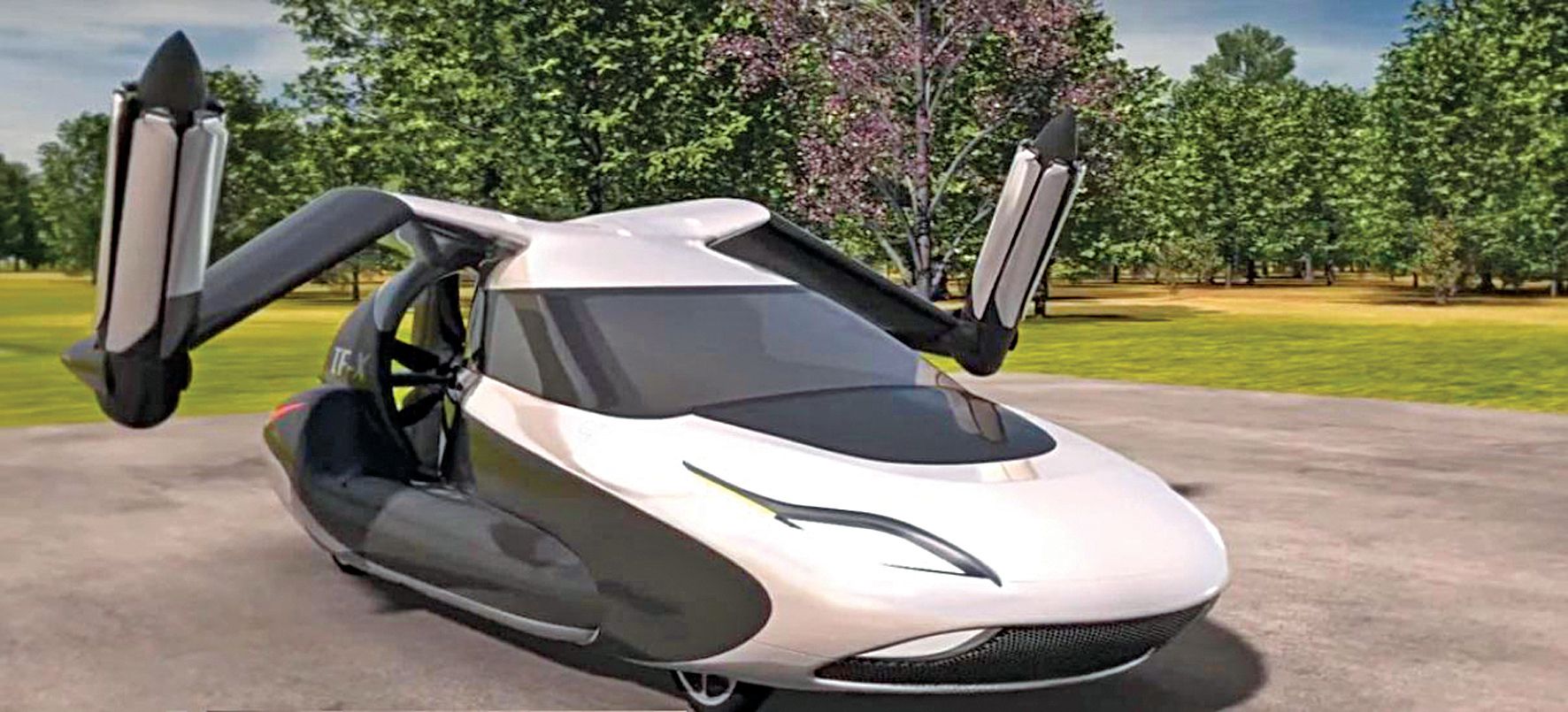The Evolution of Autonomous Vehicles: The Role of AI

The development of autonomous vehicles (AVs) has been one of the most significant technological advancements of the 21st century. AVs have the potential to revolutionize transportation by making it safer, more efficient, and more accessible. However, the development of AVs is a complex and challenging task that requires the integration of a variety of technologies, including artificial intelligence (AI).

AI plays a crucial role in the development of AVs. AI algorithms are used to process sensor data, such as camera images and radar data, to detect and classify objects in the environment. AI algorithms are also used to control the vehicle’s motion, to plan safe and efficient routes, and to respond to unexpected events.

The development of AI for AVs is a rapidly evolving field. New AI algorithms and techniques are being developed all the time, and the performance of AVs is constantly improving. As AI algorithms become more sophisticated, AVs will become more capable and more reliable.
In addition to the technical challenges, there are also a number of legal and ethical issues that need to be addressed before AVs can be widely deployed. For example, it is important to establish clear rules and regulations for the operation of AVs. It is also important to address the ethical issues surrounding the use of AI in AVs, such as the issue of liability in the event of an accident.
Despite the challenges, the development of AVs is a promising field with the potential to revolutionize transportation. As AI algorithms become more sophisticated, AVs will become more capable and more reliable. This will lead to a safer, more efficient, and more accessible transportation system for everyone.## The Evolution of Autonomous Vehicles: The Role of AI
Executive Summary
Autonomous vehicles (AVs), often referred to as self-driving vehicles, have been making steady progress towards becoming a reality on our roads. These vehicles use a combination of sensors, cameras, and AI to navigate and control themselves, offering the potential to revolutionize transportation, improve safety, and increase convenience. This report delves into the evolution of AVs, exploring their current capabilities, challenges, and the key role that AI plays in their development.
Introduction
The idea of self-driving cars has captured the imagination for decades, and with the rapid advancement of technology, it is now becoming a tangible reality. AVs hold the promise of making our roads safer, reducing traffic congestion, and providing a more convenient and efficient mode of transportation. However, significant challenges still need to be addressed before AVs can become widely adopted.
Frequently Asked Questions
-
Are autonomous vehicles fully self-driving?
Currently, no commercially available AVs are fully autonomous, with most being classified as Level 2 or Level 3 on the SAE International’s scale of driving automation. This means that they can perform some driving tasks independently but still require human input for certain situations. -
How does AI play a role in autonomous vehicles?
AI is the key technology that enables AVs to perceive their surroundings, make decisions, and control their actions. AI algorithms are used to process sensor data, detect objects, and predict the behavior of other road users, allowing AVs to navigate safely and autonomously. -
What are the challenges facing autonomous vehicles?
While AVs have made erheblich progress, several challenges need to be overcome before they can become widely adopted. These include technical challenges such as ensuring reliability and safety in varying environmental conditions, as well as legal and regulatory hurdles.
Key Subtopics
Sensors and Perception
One of the crucial elements of an AV is its ability to perceive its surroundings accurately. This is achieved through various sensors that collect data from the vehicle’s environment, such as cameras, radar, lidar, and ultrasonic sensors. AI algorithms are then used to process this data and create a detailed understanding of the vehicle’s surroundings.
- Cameras: Provide visual information about the vehicle’s surroundings, detecting objects such as other vehicles, pedestrians, and road signs.
- Radar: Uses radio waves to detect objects and measure their speed and distance.
- Lidar: Employs lasers to create a highly accurate 3D map of the vehicle’s surroundings, enabling it to navigate complex environments.
- Ultrasonic sensors: Detect nearby objects by emitting and receiving sound waves.
Decision-Making and Planning
Based on the sensor data, the AV’s AI system makes decisions about how to navigate the road. This involves identifying and classifying objects, predicting their behavior, and determining the best course of action. The AI system must be able to handle complex scenarios, such as merging into traffic, navigating intersections, and responding to unexpected events.
- Path planning: AI algorithms calculate the most efficient and safe path to the destination, considering factors such as traffic conditions, road geometry, and weather conditions.
- Motion planning: The AI system determines the optimal trajectory for the vehicle to follow, taking into account factors such as vehicle dynamics, safety constraints, and passenger comfort.
- Decision-making: The AI system evaluates different scenarios and chooses the most appropriate action based on predefined rules and heuristics.
Vehicle Control
Once the AI system has made a decision, it translates it into actions that control the vehicle’s behavior. This involves controlling the vehicle’s actuators, such as the steering, throttle, and brakes. The AI system must ensure that the vehicle’s actions are smooth, responsive, and safe.
- Steering control: AI algorithms adjust the steering angle to navigate the vehicle through the desired path.
- Throttle control: The AI system regulates the flow of fuel to the engine to control the vehicle’s speed.
- Brake control: AI algorithms apply brakes as needed to slow down or stop the vehicle smoothly and safely.
- Stability control: AI systems monitor the vehicle’s stability and intervene if it detects any deviation from the desired trajectory.
Communication and Coordination
Autonomous vehicles need to communicate with each other and with the surrounding infrastructure to enable cooperative driving and improve safety. This is achieved through vehicle-to-vehicle (V2V) and vehicle-to-infrastructure (V2I) communication.
- Vehicle-to-Vehicle Communication (V2V): Allows AVs to exchange information such as speed, position, and trajectory with neighboring vehicles to improve situational awareness and coordinate actions.
- Vehicle-to-Infrastructure Communication (V2I): Enables AVs to communicate with traffic lights, signs, and other infrastructure to obtain real-time traffic information, road closures, and other relevant data.
Safety and Reliability
Safety is paramount in the development of AVs. AI plays a critical role in ensuring that AVs can operate reliably and safely in various real-world conditions. This involves developing algorithms that can handle unexpected situations, detect and avoid hazards, and respond appropriately to failures.
- Fault detection and recovery: AI algorithms monitor the vehicle’s systems for any faults or malfunctions and initiate appropriate actions to ensure safety.
- Risk assessment and mitigation: The AI system continuously assesses the risk of an accident and takes steps to mitigate it, such as adjusting the vehicle’s speed or changing its trajectory.
- Emergency response: AI algorithms enable AVs to respond appropriately to emergency situations, such as sudden obstacles or evasive maneuvers, to minimize the risk of accidents.
Conclusion
The evolution of autonomous vehicles is a testament to the rapid advancement of AI technology. AVs have the potential to transform transportation, bringing numerous benefits such as improved safety, reduced congestion, and increased convenience. While challenges still remain in terms of reliability, safety, and regulatory approvals, steady progress is being made towards making AVs a reality on our roads. With ongoing research and development, it is expected that AVs will become increasingly sophisticated and widely adopted in the years to come.
Keyword Tags
- Autonomous Vehicles
- Artificial Intelligence
- Self-Driving Cars
- AI-Powered Vehicles
- Vehicle Automation
